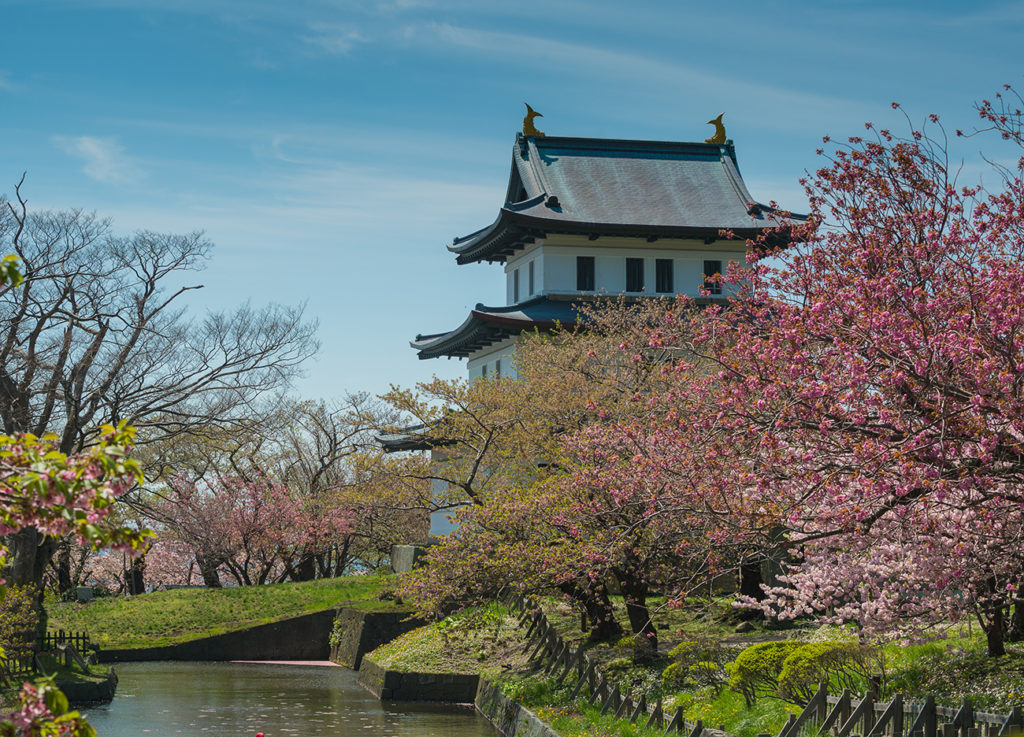
The Matsumae Clan
During the 17th, 18th, and most of the 19th century, Japan adopted a policy that isolated the whole country from the outside world. This long period of national isolation was called sakoku, literally meaning chained country. During sakoku, no Japanese could leave the country on penalty of death, and very few foreign nationals were permitted to enter or trade with Japan. Japan traded strictly with only five entities from four gateways. The Matsumae clan from the Matsumae Domain, located in Hokkaido, was one of them.
The Matsumae clan (松前氏) was originally known as the Kakizaki clan from Shimokita Peninsula and later changed to Matsumae. They were granted the area around Matsumae, Hokkaidō by Toyotomi Hideyoshi in 1590. The clan governed the area, a march fief (militarised border region), from 1603 to 1868. The Matsumae clan was in charge of defending it from all possible invasions. In return, they were exempt from owing a rice tribute to the shogunate. Aside from defending the country, the clan had close contacts with the Ainu of Hokkaidō, which also granted them exclusive rights to trade with the Ainu communities.
Print depicting Matsumae daimyo. | NYPL Picture Collection, unnumbered original — illustration from Perry, Matthew Calbraith. (1856).
Trade between the Matsumae clan and the Ainu did not always go so smoothly. This resulted in conflicts known throughout Japanese history, such as:
Shakushain’s Revolt – an Ainu revolt between 1669 and 1672. It initially began as a fight for resources that eventually developed into a last try by the Ainu to keep their political independence and regain control over the terms of their trade relations.
Menashi-Kunashir Rebellion – a battle in 1789 where 37 Ainu people were arrested and sentenced to death. The rebellion was provoked by the suspicion that poisoned saké was given to some Ainu people in a loyalty ceremony, compounded with other reasons regarding Japanese traders.
It was only fairly recently, during the Meiji Restoration in the late 19th century, that the Matsumae march was dissolved and Hokkaidō was formally annexed by Japan.
Matsumae Castle
Today, Matsumae Clan Mansion in Oshima Subprefecture, Hokkaido, is reconstructed in its former glory as an Edo period castle town and a theme park that transports you back in time where you can experience what life was like during the Edo Period and the grand days of the samurai. There are 14 buildings that include merchant and samurai houses, magistrate’s office, a guard station, and other such places typical of a flourishing town. There are also traditional Japanese samurai armors and clothing that you can try on.

